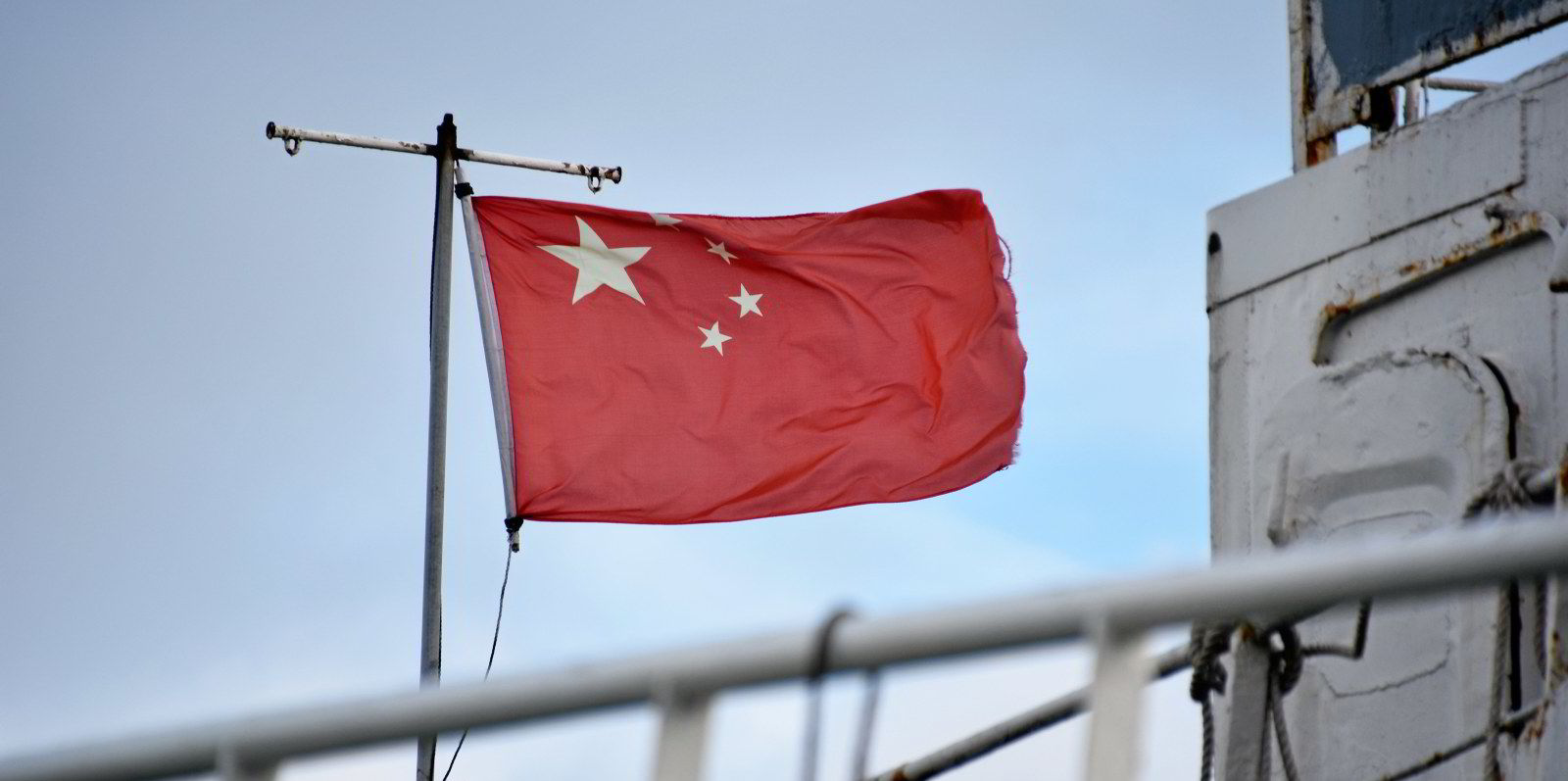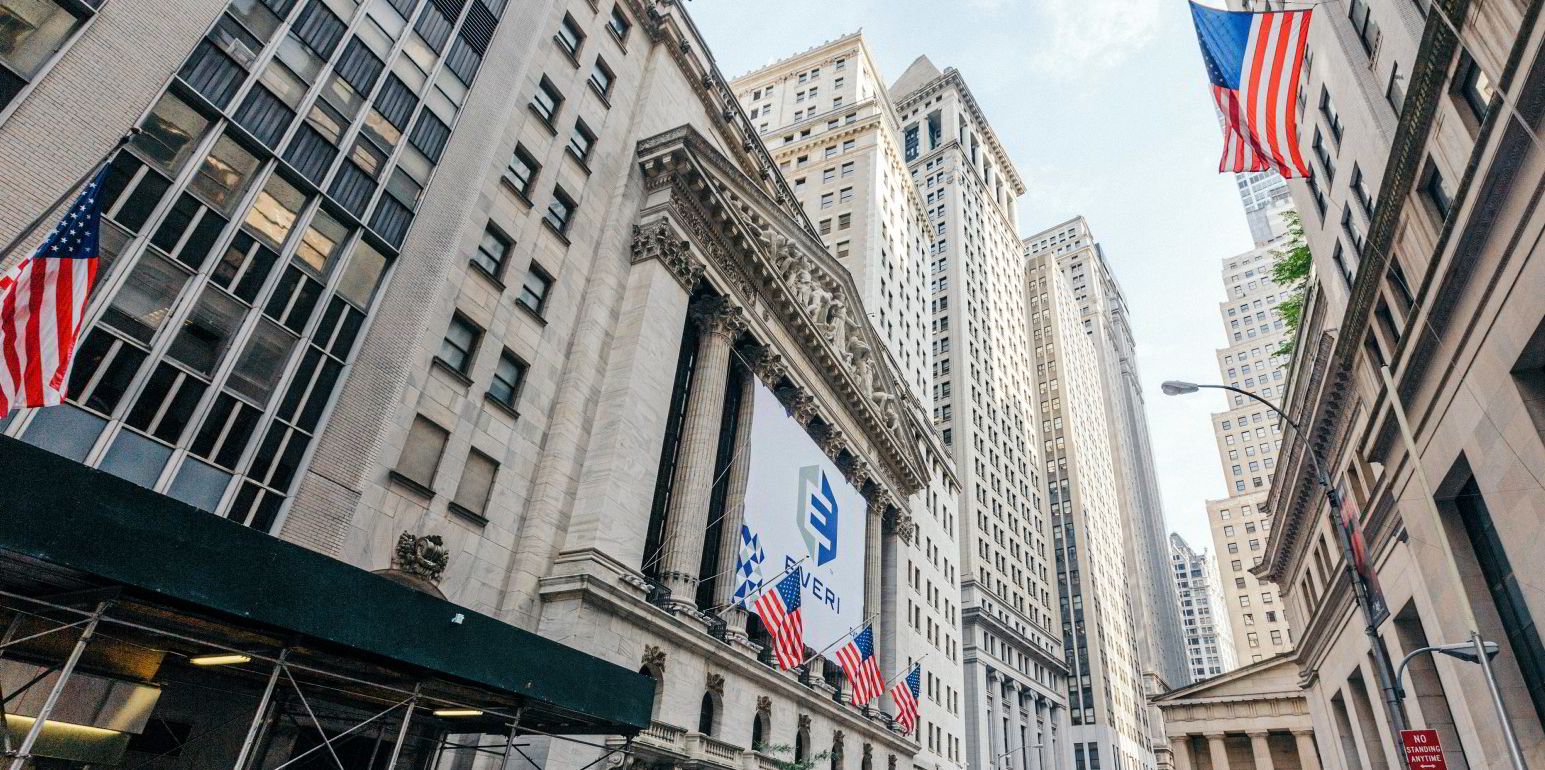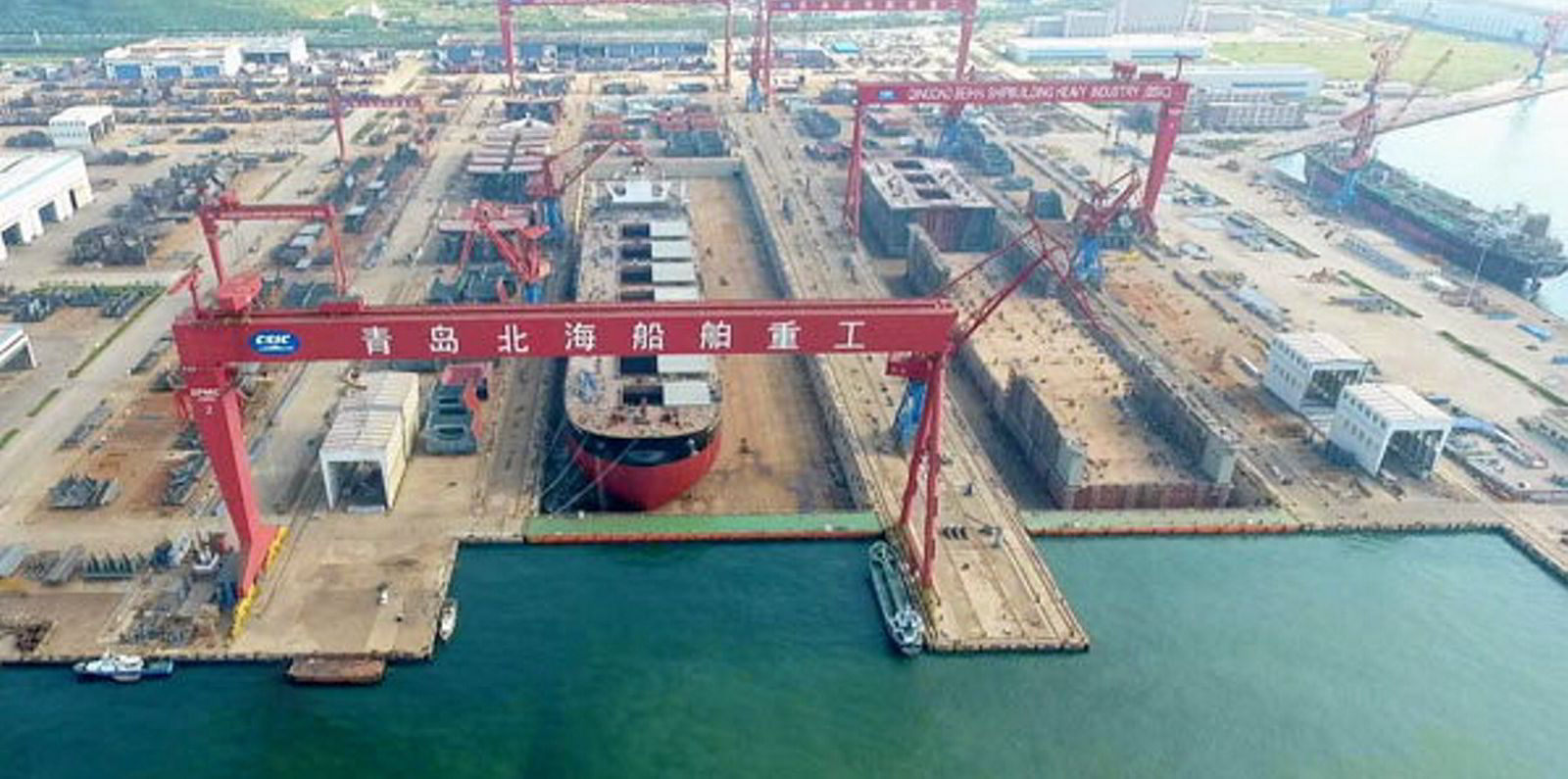Freight derivatives for capesize bulk carriers have seen an almighty sell-off over the past week, but now options holders are quickly finding themselves exposed to losses.
It is a situation that would have been unthinkable just over a month ago.
The kryptonite in the capesize forward freight agreement (FFA) market is the relatively large volumes of call options that have been struck in the last couple of weeks at prices between $27,000 and $35,000 per day for November and December contracts.
These were likely bought early in the year, when there was a more bullish outlook to the market — all of which changed around a month ago, when concerns surrounding China's economy and commodity demand intensified.
If the market moves below these levels, this exposes the sellers of those put options to the downside.
And during the day's trading on Tuesday, it seemed as though the moment had come. Bidding for November contracts was at $29,800 per day and for December contracts at around $26,500 per day.
One trader likened the potential downside squeeze to the GameStop short squeeze "but in reverse", referring to the extraordinary 1,500% increase in the retailer's share price during two weeks in January.
Now FFA traders are worried that hedging this exposure could create even more wild moves in the paper market.
"The potential for extreme volatility in cape FFAs is there, as the volume of open option strikes sitting 15-30% below the current market could create hedging trade flow above and beyond the liquidity available in the futures market," one trader told TradeWinds.
"A lot of fresh puts were traded over the past six weeks."
In the physical market on Tuesday, Baltic Exchange panellists assessed the 5TC average capesize spot rate $3,965 lower at $43,985 per day.
Threshold
Philippe van den Abeele, chief investment officer of Consortium Maritime Trading Ltd, sees a critical threshold approaching.
Looking at the derivatives market from a technical point of view, the capesize spot market has maintained a resistance line of around $38,000 per day over the past 10 or 12 years, he explained.
In other words: "Every time we've reached that [level] over the past 10 years, capes tended to turn south with prices dropping quite consistently for the next three to four weeks."
An exception came in July, when the capesize 5TC assessment broke through the $38,000 level and kept on going until it reached the multi-year high of $86,870 per day on 6 October, van den Abeele noted.
"I'm not saying I think it will happen, but I'm watching it like a hawk because I am convinced that if it breaks $38,000 [per day] convincingly on the downside then you will see a fresh bunch of sellers coming in to the FFA market," he added.
"The possibility of bouncing higher from that level is equally feasible as we have reached a pivotal level in the recent cape freight pricing roller coaster, as dry bulk prices tend to be mean-reverting over time."
Acceleration
There is a psychological element to this potential watershed too, van den Abeele said.
"Just imagine, until three or four weeks ago the majority of the people out there held long cape positions for December delivery or at least till the end of November, believing that the Chinese congestion combined with exuberant Chinese steel production was going to last until then," he said.
"When that crowd realises 'Oh, it's not going to happen', it's like you're going through a funnel — they all want to get to the exit but the door is very small for everyone to go through it."
Once the market decides to sell, everything tends to accelerate, he explained.
"Shipowners start to panic in the physical market, the FFA market also panics, therefore the shipowners see the FFAs go down and it goes faster and faster," he went on.
"That's why we have this massive drop — because the equilibrium at which you reach $86,000 per day is fragile, very fragile," he said, referring to the spot market's zenith.
This acceleration effect was visible in the FFA market last week, according to Kerry Deal, head of business development at Freight Investor Services.
"The fall in capes [last] week was admittedly steeper than some expected, with a storm of bad news driving sentiment lower on the paper, which included further issues at Evergrande, concerns on further Chinese steel production curbs, and Vale trimming down [fourth-quarter] production guidance against falling iron ore prices," Deal told TradeWinds.
A spike in options trading is simply a sign of the times, according to Alex Pereira-Inacio, managing director of strategy at specialist derivatives broker Freight Investor Services (FIS).
"The incredible volumes of option trading we’ve seen this year has reflected the volatility in the FFA market," he told TradeWinds.
Pereira-Inacio said that questions surrounding the outlook of the capesize market will continue to factor into this volatility.
"With the disruptions we are witnessing in the supply chain and the relatively light order book for newbuilds due to questions over what fuel is to be used, it seems that we are in a period of potentially sustained heightened rates and volatility," he explained.
"With that in mind options can be the sensible way to express a view amidst such volatility, as you know your premium costs up front."
But the growth in options trading has primarily been focused on the smaller bulkers, according Kerry Deal, FIS's head of business development.
Supramax option volumes are up by 86% year on year and panamax options are up by 31%, which Deal said is "healthy for the market, and reflective of the volatility, rather than driving it".
Overall futures volumes have increased year on year, Pereira-Inacio said.
"Year to date, we have seen a 50% increase in cape volumes, 70% increase in panamax (now over 1 million lots cleared), and 95% increase in supramax on last year," he said.










